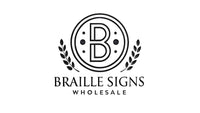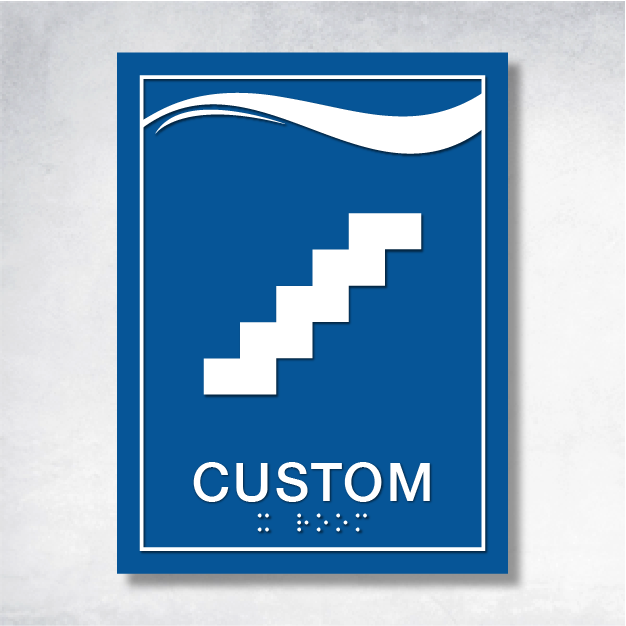Embracing Accessibility: A Commitment Beyond Compliance
For facility managers, ADA compliance is more than just a box to tick—it's a pledge to create spaces that are accessible and inclusive for everyone. The 2025 updates to ADA signage standards highlight the importance of this commitment. Falling short can lead to legal consequences and, more importantly, create barriers for those who rely on these standards for access. Understanding these updates is essential for facility managers who aim to make their buildings both compliant and welcoming to all visitors.
Building the Future: New Constructions and Renovations
In the world of construction and renovation, the 2025 ADA signage guidelines are a beacon of direction. They emphasize the necessity of compliance in new builds and renovations, requiring all signage to align with the 2010 ADA Standards for Accessible Design. This includes everything from room identifiers to restroom signs and exit markers. Local building codes enforce these standards, making it crucial to replace outdated signs during renovations to meet current requirements.
Revamping the Past: Existing Facilities
For older buildings, the journey to compliance involves addressing signage barriers when "readily achievable." This often means adding Braille or raised text to permanent room signs. The risks of ignoring these updates are significant, with potential legal actions looming for facilities that should have met the 2010 standards by 2012. Updating existing facilities is not just about avoiding pitfalls; it's about ensuring accessibility for all.
Decoding the Details: What’s New in 2025?
Pictograms & Text: A Visual Language
The 2025 ADA signage guidelines bring fresh specifications to the table. Pictogram fields must now be at least 6 inches tall, with raised text and Braille placed outside these areas. Text descriptors below pictograms are mandatory, and a high contrast between text and background is essential. These changes are designed to enhance the readability and accessibility of signage, making them more user-friendly.
Character Height & Placement: Readability from Every Angle
Character height must scale with viewing distance, ensuring readability from various angles. Overhead signs must maintain at least 80 inches of headroom clearance, preventing obstructions and ensuring safe passage. These specifications ensure that signage is not just compliant but also practical and effective.
Material & Design: Aesthetic Meets Functionality
The guidelines mandate high-contrast colors, non-glare finishes, and easy-to-read fonts like sans serif for ADA compliance. In cities like Portland, the use of sustainable materials such as recycled aluminum is encouraged, reflecting a growing trend towards eco-friendly design. This blend of aesthetic and functionality ensures that signage is both compliant and visually appealing.
The Pulse of Progress: Emerging Trends & Local Regulations
Digital Signage: The Future is Now
Digital signage is on the rise, with cities like Los Angeles implementing regulations to cap brightness and animation timing to reduce light pollution. These trends require facility managers to carefully consider compliance without sacrificing modern design elements. The future of signage is digital, and staying ahead of these trends is key to maintaining compliance.
Zoning Rules: Navigating the Landscape
Local zoning rules, such as those in Seattle, restrict billboard size near residential areas to minimize visual clutter. Facility managers must stay informed about these regulations to ensure signage placement and size are compliant. Understanding the local landscape is crucial for effective signage management.
Best Practices for Compliance: A Proactive Approach
Renovations: A Catalyst for Change
Renovations automatically trigger the need for updates to accessible pathways and directional signage. Cost-effective upgrades, like adding Braille to existing signs, offer a simple yet impactful way to enhance accessibility. Embracing these changes is not just about compliance; it's about creating a more inclusive environment.
Looking Ahead: Preparing for 2025
The 2025 ADA signage standards continue to enforce the 2010 standards, with heightened compliance expectations. Facility managers should focus on ensuring compliance, especially during renovations or new constructions. Monitoring local regulations and trends, such as digital signage management, is crucial for maintaining compliance and enhancing accessibility.
Staying Ahead: The Path to Compliance
Understanding and implementing the 2025 ADA signage standards is imperative for facility managers. Proactive measures to ensure compliance will not only meet legal requirements but also significantly enhance accessibility. By staying informed and engaged with local authorities and industry experts, facility managers can ensure their facilities are both compliant and welcoming.
Facility managers are encouraged to explore resources and connect with local authorities and industry experts to stay updated on compliance requirements. This engagement will ensure that facilities remain accessible and inclusive, paving the way for a more accessible future.









